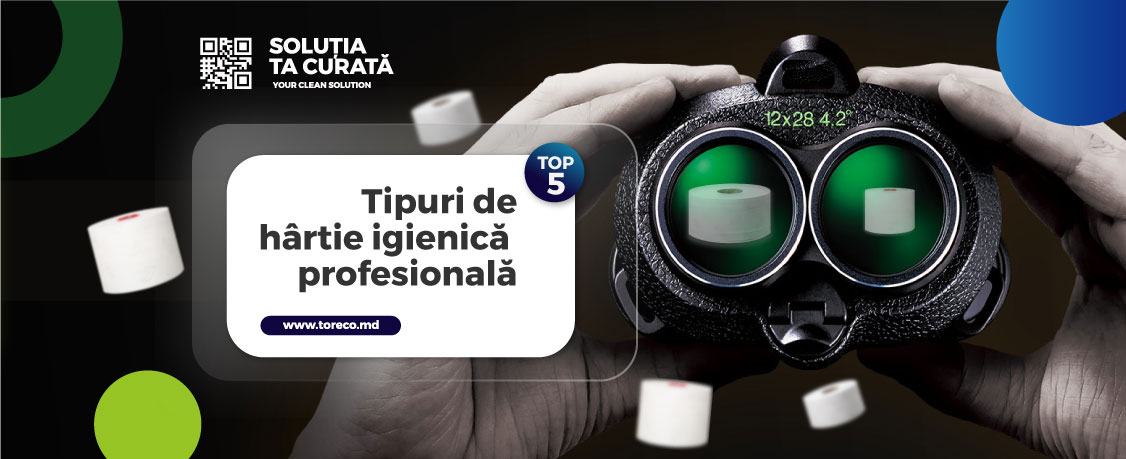
One product that we use daily both at home and when we are away at work, on trips or at the restaurant, is toilet paper. According to National Geographic the first toilet paper discovered was used in 1393 by the Chinese Imperial House and was made from rice.
Nowadays most companies offer employees and customers increased comfort when they use the toilet. As costs are not negligible, professional paper manufacturers are looking to offer different dosing systems that result in user comfort at low cost.
Since there are many differentiating criteria, we will randomly present the usual toilet paper dosing systems, plus and minus, leaving the reader to decide a top of them.
Is the small roll between 10m and 30m long, which we use at home or meet in hotel rooms.
Is the oldest but also the most popular professional toilet paper dosing system. It is the system common in toilets with high traffic of people in factories, state institutions, waiting rooms, train stations and airports, etc.
Relatively new professional toilet paper dosing system. It is recommended for toilets with high traffic of people but at the same time a higher quality of paper is desired.
A very economical toilet paper dosing system, suitable for toilets with medium human trafficking.
A system that is becoming increasingly popular due to the significant savings it brings to use. It is the option that brings a 40% reduction (according to tork.ru) in the costs of toilet paper compared to other dosing systems.

Practical information from our experience is the best tool to help you find the solution to the challenges you are facing.